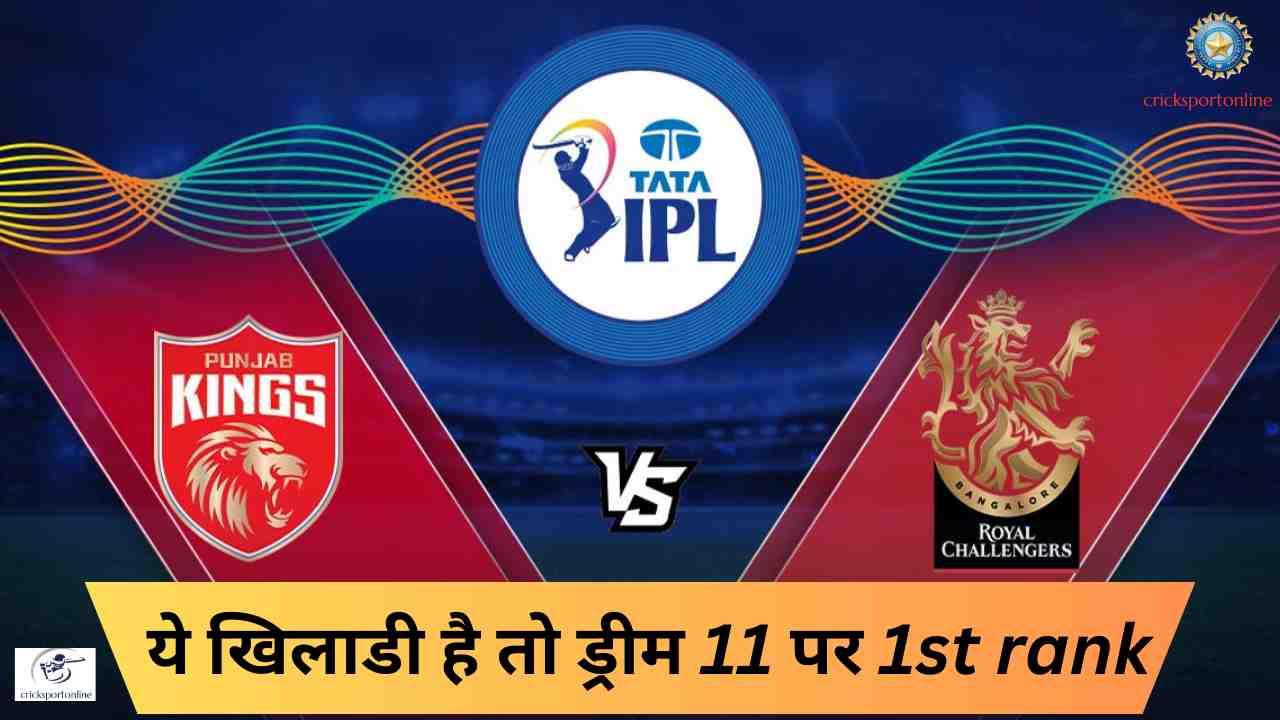Rohit Sharma was pictured waiting to share his thoughts on the incredible turn of events that marked his 12th game as India Test captain with the rest of the world via the broadcasters, shortly after the final rituals of the Hyderabad Test were read out and the post-game handshake formalities concluded. Even after the disappointing outcome, a small group of Indian supporters kept chanting his name and cheering, and Rohit responded with a smile and a half-raise of his hand.
The Indian skipper is one of the few who can deconstruct any cricket scenario and see it for what it really is. It’s the casual lightness of spirit that defines his character. He correctly pointed out that batting fear in the fourth and a spectacular knock in the third innings proved to be the undoing of his squad. One was an anomaly, whereas the other was typical for these circumstances.
However, when combined, those two incidents made sure that Rohit received a fourth “L” on his captaincy report card, which translated to defeats in three of the Tests he has led. In less than a year, two of them had visited their home. Even though India have previously lost home Tests, notably the first match of high-profile series in Pune in 2017 and Chennai in 2021, this one came from a position of complete dominance and even appeared to shroud their sense of home invincibility in an odd, abrupt mist.
India last experienced a similar stretch of three straight home Test matches without a victory (two losses and a draw) almost a decade ago, and it is still the only series they have lost at home. Even though England still has a ways to go before pulling off their incredible achievement from 2012, it’s possible that they’ve caught Rohit’s team in a similarly inevitable moment of transition.
Rohit Sharma, along with coach Rahul Dravid, promised that India will play well more strategically.
Rohit, whose takeover of the white-ball teams was more smooth and produced instant success, is facing an uncomfortable and unusual prospect—that is, if you don’t mind measuring success in terms of win percentages rather than just ICC trophies. Together with coach Rahul Dravid, he promises that India would play more strategically soundly and that they have recognized and adopted modern playing methods.
He has not even reached middle age during his two years as Test captain. But the magnificent Test side he inherited seemed to have entered its third age. Antiquated beliefs are disintegrating, and their replacements have either faltered or not emerged at all. While it seems like Ajinkya Rahane, Cheteshwar Pujara, Ishant Sharma, and Umesh Yadav have already played their final Test matches, Ravindra Jadeja, Mohammed Shami, and even KL Rahul have suffered from the rigors of all-format cricket. Maverick keeper-bat Rishabh Pant hasn’t played for over a year, while even the dependable Virat Kohli has missed seven Test matches since the year 2000.
An old management axiom states that in teams where things are going well, vacancies don’t usually arise. Replacing players in an XI is one thing, but replacing a group of players deserving of being ranked among the best the nation has ever produced is quite another.
While India’s legendary batting generation was coming to an end in that aforementioned 2012 season, a new one was obviously starting to take shape. After VVS Laxman and Rahul Dravid retired, Pujara rejoined the team and scored three hundreds in his first four Test matches. After hitting his first Test century in Adelaide, Kohli went on to score his first at home against New Zealand. India had three outstanding middle-order batsmen and two world-class spinners who were all hitting their peaks at the same time in 2016—a comparable period in Kohli’s reign.
In the upcoming test, two newbies Sarfaraz Khan and Rajat Patidar can be added to this group.
This Rohit’s team no longer has the sense of inevitableness, especially while using the bat at home. This is primarily because of the types of pitches India uses for Test cricket. Shubman Gill, the next guard, is a fourth-year Test cricketer with an average of just 29.53 after 21 matches. Shreyas Iyer is in his third season and hasn’t reached a half-century in a Test match since December 2022. The age of Yashasvi Jaiswal is five tests. In the upcoming Test, Sarfaraz Khan and Rajat Patidar, two rookies, can be added to this group.
Three months shy of turning 37, Rohit now has the responsibility of both setting the team’s long-term course for success and achieving the short-term goal of rejoining the series, which India leads. It’s an enviable task of balance, and the truth is that a lot of it is outside his control—finding world-class talent, for example.
But, in the future, people might reflect on this time and evaluate him, favorably or unfavorably. Furthermore, a brief series of games may prove to be extremely important for both his immediate career and legacy. He could have done without an opposition determined to destroy all current reference playbooks, at the very least.
India rarely loses at home, and when they do, it’s easy to write them off as the Tuesday that comes after a Monday because of the huge margins of victory. They’ve been under a lot of pressure to perform the tasks they’ve been performing for more than ten years. Just a whole lot more of it this week in Visakhapatnam.


